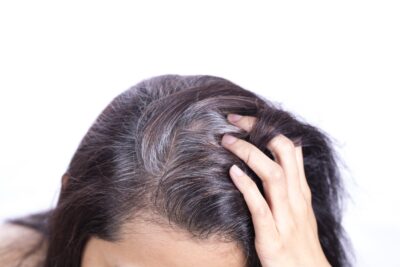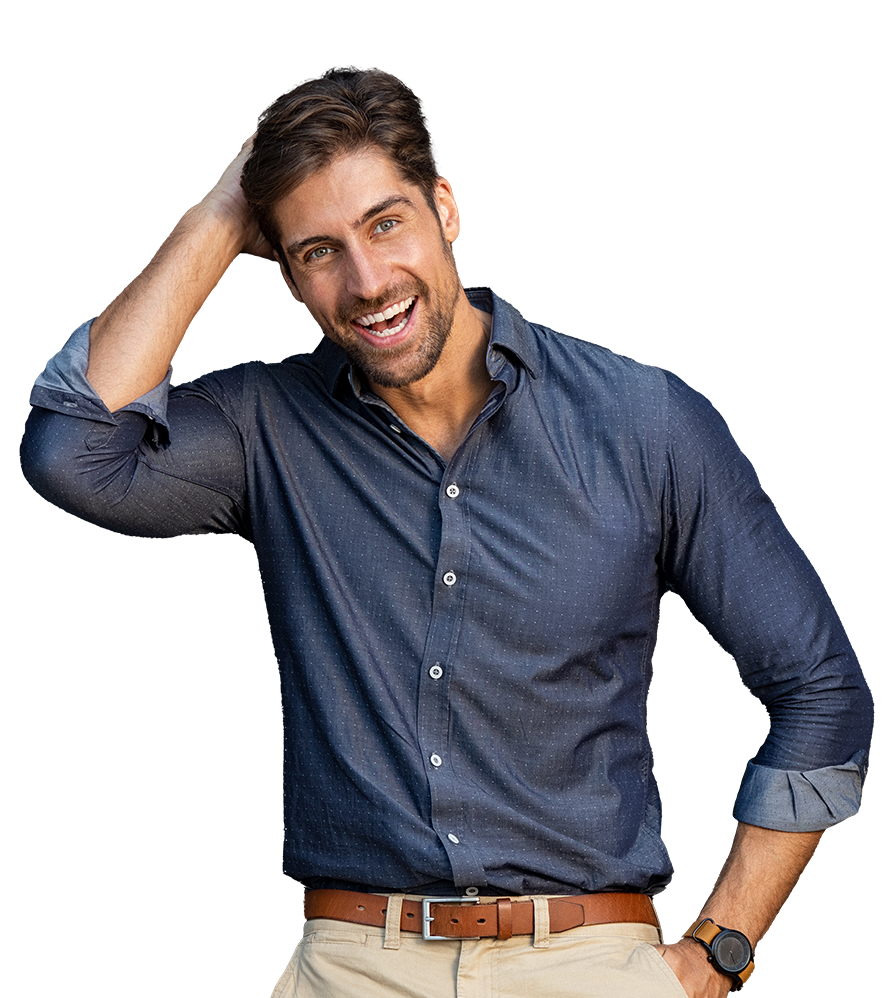Whether or not you find yourself becoming wiser as you age, one thing is certain – age brings about a slew of physical changes, some more subtle than others.
One such noticeable change is graying hair. For some, this process can begin as early as their twenties or even late teens while others don’t notice the first gray strands until their forties. Yet changes in color are not the only ways in which our hair ages. Here are three common signs of hair aging and what you can do about it.
Graying Hair
When melanin – the pigment responsible for your skin and hair color – stops being produced, the result is graying hair. Generally, the darker your skin, the later your hair will begin to gray. In fact, individuals with darker skin may start graying until well into their forties while those with fair skin can begin to see gray in their late twenties.
Not a fan of the natural look? There are a variety of color options available to you, from subtle and temporary to more permanent solutions. Temporary tints can add color without the commitment of a permanent color, since the color is not absorbed by the cuticle and can be washed out easily. Semi-permanent color lasts between 6 and 10 shampoos before gradually washing out, while permanent color creates colored molecules within the actual hair shaft, allowing the color to withstand repeated washing.
Thickness and Texture
On average, hair grows less than half an inch per month. A single hair can live for up to six years. So it’s no wonder that years of exposure to ultraviolet rays, heat styling products, coloring, perming, and friction from brushing can dramatically change thickness and texture. Over time, hair can become more prone to breakage and appear rougher. Hair follicles begin to produce thinner hairs, and even none at all, resulting in age-related alopecia.
To counteract these changes, look for hair products that include humectants and antioxidants which can help hair appear smoother. However, you should know that such products won’t change the structure of your aging hair but rather modify the appearance of each strand. Avoid heat styling products and wear a wide-brimmed hat when out in the sun to help reduce damage.
Thinning and Baldness
As they age, woman may notice thinning hair to the point of visible scalp areas. This thinning can be caused by genetics, hormonal changes, vitamin deficiencies, and other factors. Men, on the other hand, typically experience hair loss because their hair follicles are predisposed to producing smaller and less visible hair over time. The changes can begin on top of the head, at the temples, or along the hair line as hair begins to “recede”.
While there is no cure for thinning hair or baldness, there are topical and oral treatments available to help stimulate new hair growth. Another, more permanent, option is hair transplant surgery. This medical procedure involves grafting small segments of healthy, thicker scalp to balding areas. Or, with DiStefano’s trademarked Individual Graft Technique, we can transplant one follicle at a time. Which option is right for you? Contact us today for a free consultation and together we’ll find the answer.
https://www.hairman.com/contact/


